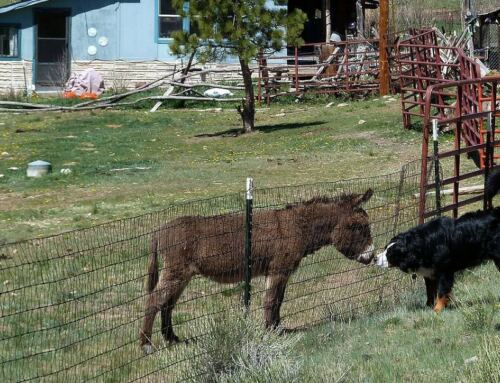
If that was the only source of nonsense, maybe, just maybe we might have managed to get a leg up on helping owners learn how to get what they needed from their dogs without resorting to force, fear or pain. But the dog training industry continues to fill lecture halls, sell DVDs, books and webinars, by marketing half-truths, misrepresentations and fiction to those of us interested in learning a thing or two about training dogs.
Years ago when becoming a dog trainer was still only a twinkle in my mind’s eye, I attended a 3 day seminar on aggressive behavior is dogs. Aggressive behavior in dogs is something to take seriously since it’s more likely to lead to a dog being re-homed, relinquished or euthanized, compared to routine ‘doesn’t come when called’ or ‘steals food off the counter’ annoying behaviors. This is of course in addition to the harm they can cause other dogs or people. The seminar was being hosted by a company that promotes educational opportunities for dog trainers who don’t rely on shock, prong or choke collars. I trusted it would be worth my time and money and by the looks of the diligent note taking going on in the room by other attendees, I assume they did as well.
Among the red flags that started waving was one that was planted when I dared question a statement the presenter made. I had learned that the application of a consequence for a dog’s behavior should follow as closely to the behavior as possible, but this trainer claimed that dogs could learn that they did something wrong when the punishment followed after a longer duration. I’m not talking about the difference between 3 seconds and 4.8, he was claiming over a minute. Even as a neophyte this seemed like it made room for a lot of additional behaviors besides the one being punished. After rehearsing the question in my head, I screwed up the courage and asked where I could access the information that lead to his conclusion? “I just gave it to you,” was his straight-faced and somewhat stern reply.
Among the strategies presented for dealing with aggressive behavior in dogs (which included a variety of creative ways to scare the sh*t out of dogs sans shock collars) was this gem of reasoning: Some dogs who are aggressive toward people who come into your home are so because they see these intruders consuming household resources, they get cups of tea and cookies. The solution was to hand guests something to bring into the house, the dogs seeing this, would then be more inclined to feel kindly toward them. And not because they brought something for the dog, a can of soda would do. By the time this pearl of nonsense was presented I had learned my lesson and my notes consisted mainly of the equivalent of “WTF?”
The insidious thing about fake news is that it sounds real and often confirms something you think is true or would like to think is true. A few examples include; functional reinforcers are always better than alternates available to us, you must first bond with a dog in order to train them, choice is a reasonable reinforcer to consider using in training, toys and play are a superior form of reinforcement, dogs need markers (clicker or verbal) to be trained.
If there is a lesson in any of this it’s not that we can’t believe anything we hear, read or watch, it’s that we should be willing to think our way to conclusions and support each other in doing so. Friends don’t let friends believe fake dog news.





